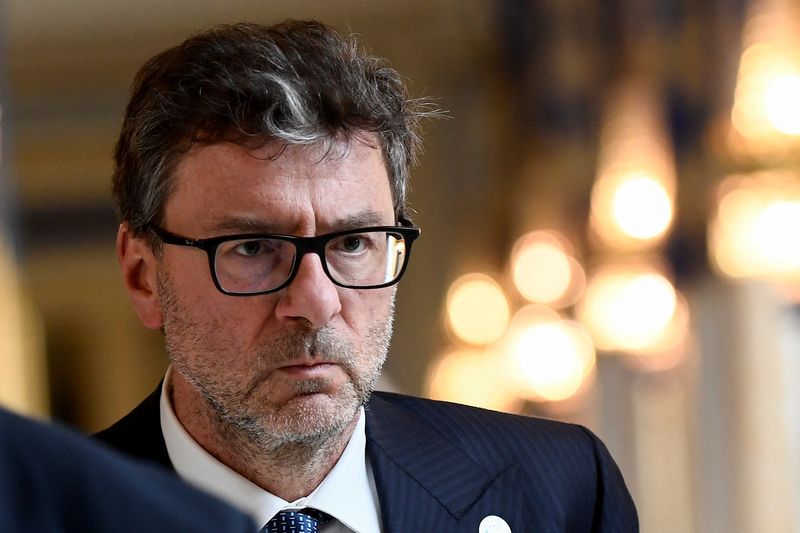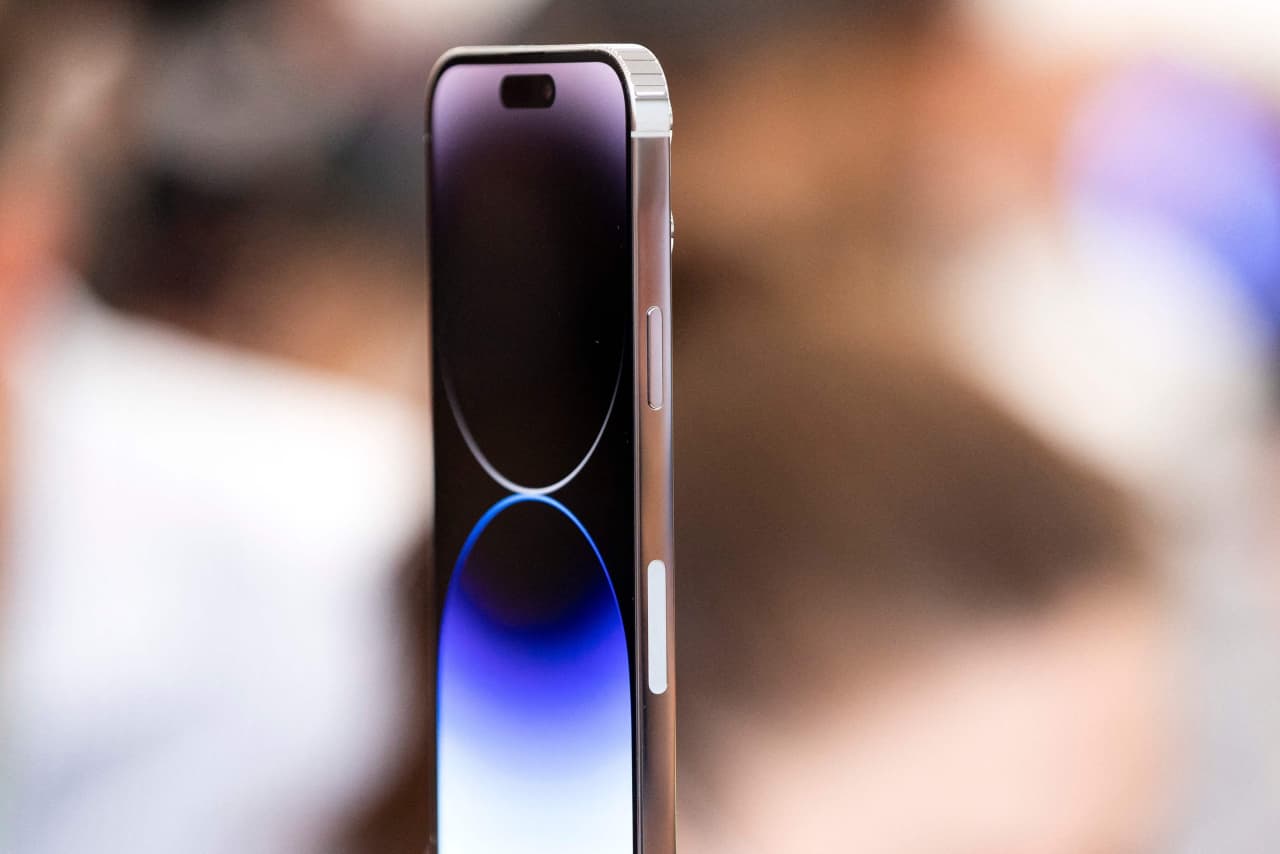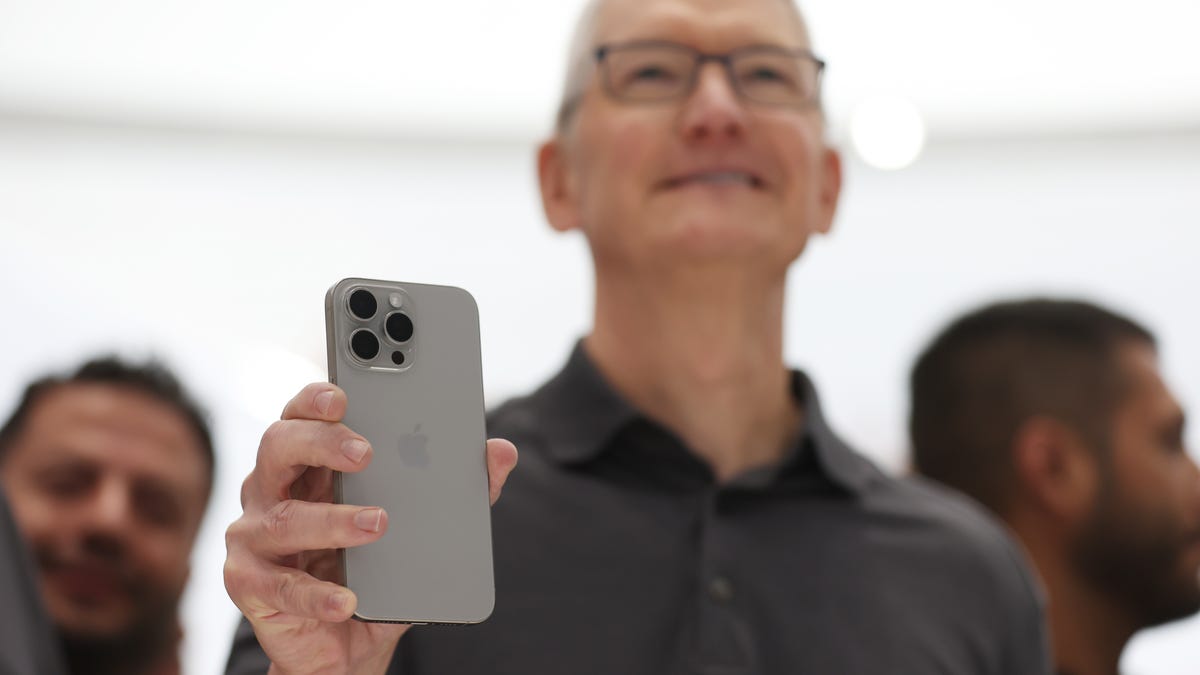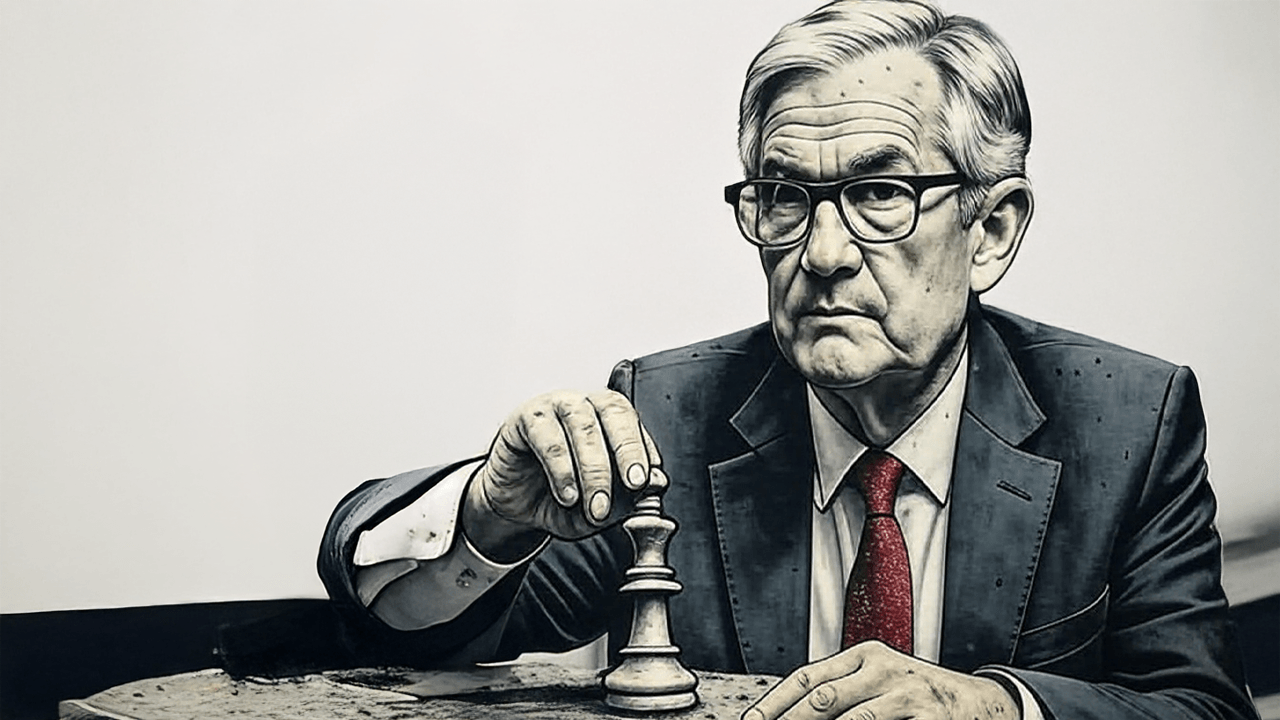Musician Who Died in 2021 Resurrected as Clump of Brain Matter, Now Composing New Music
Art can outlast the artist — but what about their artistic impulses? A new art installation project in Australia, titled "Revivification," raises this question, taking a very literal meaning of "impulse." Using his DNA, the team behind the project have performed a quasi-resurrection of the experimental American composer Alvin Lucier, creating a sort of brain that continuously composes music on the fly with its errant electrical signals. "Revivification is an attempt to shine light on the sometimes dark possibilities of extending a person's presence beyond the seemed finality of death," the team, comprising three artists and a neuroscientist, told the […]


Art can outlast the artist — but what about their artistic impulses?
A new art installation project in Australia, titled "Revivification," raises this question with a very literal interpretation of "impulse": using his DNA, the team behind the project have performed a quasi-resurrection of the late experimental American composer Alvin Lucier, creating a sort of brain that continuously composes music on the fly with its errant electrical signals.
"Revivification is an attempt to shine light on the sometimes dark possibilities of extending a person's presence beyond the seemed finality of death," the team, comprising three artists and a neuroscientist, told the Art Newspaper.
At the center of the piece is an "in-vitro brain," grown from blood that Lucier, who passed away in 2021, donated in the final years of his life. Housed in a plinth, it's grown on top of an electrode mesh that connects it to twenty large brass plates placed around the room. Visitors can listen as the brain fires off electrical pulses that trigger a transducer and a mallet behind each plate, striking them to produce sound.
"When you look down into that central plinth, you're crossing a threshold," Nathan Thompson, an artist and the creator of the project, told the Guardian in a recent interview. "You're peering down into the abyss and you're looking at something that's alive – just not in the same way as you."
To create the "mini-brain," researchers at Harvard Medical School used Lucier's white blood cells to derive stem cells, the foundational building blocks of the body which possess the ability to develop into any type of cell or tissue, such as that belonging to a particular organ. For the project, the team chose to program the stem cells to grow into cerebral organoids, resembling the cells of a developing human brain.
Of course, lab-grown creation doesn't amount to anything like human consciousness. Still, it is on some level an extension of Lucier, responding to the world around it: in addition to generating sound, the cerebral organoids receive sound picked up by microphones in the gallery, mediated as electrical signals.
"The central question we want people to ask is: could there be a filament of memory that persists through this biological transformation? Can Lucier's creative essence persist beyond his death?" the team said, per the Art Newspaper.
Lucier eagerly participated in this experiment. As the Guardian notes, he was the first to innovate the use of brainwaves to create live music, attaching electrodes to his head to pick up brain signals that were amplified into a loudspeaker.
"When I told Lucier's daughter Amanda about the project, she laughed," Guy Ben-Ary, one of the artist collaborators, told the Guardian. "She thought, this is so my dad. Just before he died he arranged for himself to play for ever. He just can't go. He needs to keep playing."
More on brains: Scientists Intrigued by Man Whose Brain Turned Into Glass
The post Musician Who Died in 2021 Resurrected as Clump of Brain Matter, Now Composing New Music appeared first on Futurism.






























































































































































































![How to Find Low-Competition Keywords with Semrush [Super Easy]](https://static.semrush.com/blog/uploads/media/73/62/7362f16fb9e460b6d58ccc09b4a048b6/how-to-find-low-competition-keywords-sm.png)


